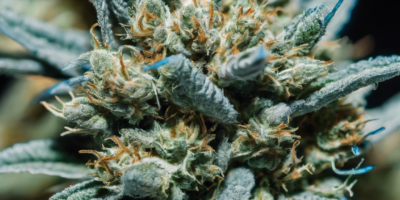Gold has been a symbol of wealth, luxury, and stability for centuries, and keeping tabs on its current prices is of utmost importance for investors, jewelers, and individuals looking to buy or sell the precious metal. In today’s volatile economic landscape, understanding the factors influencing gold prices can provide valuable insights into market trends and investment opportunities. In this comprehensive guide, we will delve into the world of gold rates and explore the various elements that contribute to the fluctuations in its value.
Understanding Gold Prices
Gold prices are determined by a complex interplay of factors ranging from global economic conditions to geopolitical events and investor sentiment. The spot price of gold refers to the current market price at which gold bullion can be bought or sold for immediate delivery. This price is constantly in flux due to market forces such as supply and demand dynamics, inflation, currency values, interest rates, and central bank policies.
Factors Influencing Gold Prices
1. Supply and Demand
The basic economic principle of supply and demand plays a significant role in determining gold prices. Limited supply combined with high demand can drive prices up, while oversupply or decreased demand can lead to price declines.
2. Inflation and Deflation
Gold is often viewed as a hedge against inflation, as its value tends to rise when the purchasing power of fiat currencies declines. In times of economic uncertainty or high inflation, investors flock to gold as a safe haven asset. Conversely, during deflationary periods, the demand for gold may diminish, impacting its price.
3. Central Bank Policies
Central banks hold significant gold reserves, and their policies regarding interest rates, quantitative easing, and currency interventions can influence gold prices. Lower interest rates and expansionary monetary policies typically drive gold prices higher, as investors seek assets that retain value in times of economic turbulence.
4. Geopolitical Events
Geopolitical tensions, such as trade wars, political instability, or conflicts, can trigger fluctuations in gold prices. Investors often turn to gold as a safe asset during times of global uncertainty, causing its price to soar.
5. Currency Values
As gold is priced in U.S. dollars, changes in the value of the dollar relative to other currencies can impact gold prices. A weaker dollar usually leads to higher gold prices, as gold becomes cheaper for investors holding other currencies.
How Gold Prices Are Quoted
Gold prices are quoted in troy ounces, with one troy ounce equivalent to approximately 31.1 grams. The price is usually quoted in major currencies such as U.S. dollars, euros, or Japanese yen. For example, if the current price of gold is $1,500 per ounce, this means that one troy ounce of gold is being traded at $1,500 at that particular moment.
Investing in Gold
Investing in gold can be done through various avenues, including gold bullion, gold futures contracts, gold exchange-traded funds (ETFs), and gold mining stocks. Each investment vehicle comes with its own set of risks and rewards, and investors should carefully assess their investment goals, risk tolerance, and time horizon before committing to any gold investment.
Frequently Asked Questions (FAQs)
1. What is the current gold rate?
The current price of gold fluctuates constantly based on global market conditions. It is recommended to check reputable financial news sources or online platforms for real-time gold prices.
2. How do gold prices react to economic downturns?
During economic downturns or periods of uncertainty, gold prices typically rise as investors seek safe haven assets to protect their wealth.
3. Is gold bullion a good investment?
Gold bullion is considered a safe long-term investment due to its intrinsic value and historical significance as a store of wealth. However, like any investment, it is important to diversify your portfolio and conduct thorough research before investing in gold bullion.
4. What is the difference between gold ETFs and gold futures?
Gold ETFs are exchange-traded funds that track the price of gold and can be bought and sold on stock exchanges, providing investors with exposure to gold prices without owning physical gold. Gold futures contracts, on the other hand, are financial contracts to buy or sell gold at a predetermined price at a future date.
5. How can I buy physical gold?
Physical gold can be purchased from gold dealers, mints, or online retailers. It is essential to verify the authenticity and reputation of the seller before making any purchase.
In conclusion, understanding the dynamics of gold prices is crucial for anyone looking to navigate the intricacies of the gold market. By staying informed about the various factors influencing gold prices and employing sound investment strategies, individuals can make informed decisions about gold investments and seize opportunities in this fascinating and lucrative market.














Comments